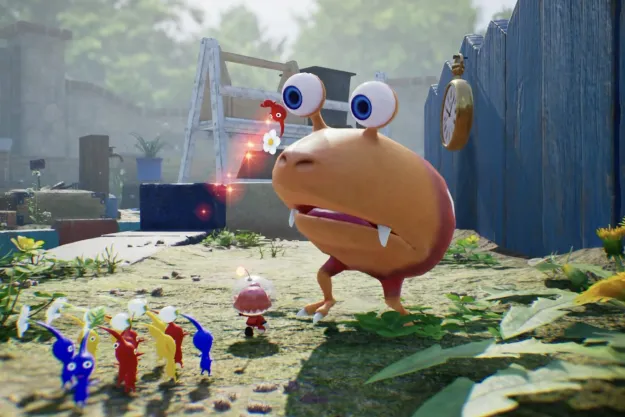The Power Glove was licensed by Nintendo, but the company was not involved in its development. The design was relegated to Abrams/Gentile Entertainment, an independent toy design firm. Toy manufacturing giant Mattel then took over production. An onslaught of television and magazine campaigns hyped up the product with the slogan “Everything else is child’s play.” The glove was even tied into the Nintendo-produced film The Wizard, starring Fred Savage. This 90-minute Nintendo commercial later gave birth to one of our favorite memes.

There were two games designed for use the Power Glove. Bad Street Brawler was ported over from the PC, while Super Gloveball was developed around the glove, but neither game worked very well. When it licensed the glove to Mattel, Nintendo stipulated that the glove work with every game in the NES library. Consequently, the glove was adapted to games where its use did not make sense. Backwards compatibility was spotty at best.
According to a 1990 article in New York Magazine, Mattel expected to sell a million Power Gloves by the end of the year. This lofty projection did not come close to fruition. The Power Glove was discontinued that same year, having sold only 100,000 units.
The controller did not function as promised and the NES could not keep up with the demand for 3D movement. There was no left-handed option available, and the included manuals were extensive and confusing. Setup and calibration was wonky, and codes had to be entered for every game except those under the Power Glove Series…and there were only two of those.
Though it was a commercial failure, the Power Glove introduced the masses to the potential for virtual reality. And Mattel did make some money on it, though not what they were expecting. Nearly 20 years after the glove’s introduction, we got the Nintendo Wii, which influenced Microsoft and Sony to develop their own gesture-based systems. The Oculus Rift headset, due out in 2016, showcases the next generation of virtual reality. Each new development owes something to the Power Glove.
Editors' Recommendations
- If you’re looking for a great new Switch game, you’ll dig Pepper Grinder
- Asus’ new RTX 4090 shattered GPU overclocking records, and you’ll be able to buy it soon
- This trick guarantees you’ll get bots only in every Fortnite match
- You’re going to love new mech ability in Kirby’s Return to Dream Land Deluxe
- 7 PlayStation VR2 launch window games you’ll want to grab on day one


